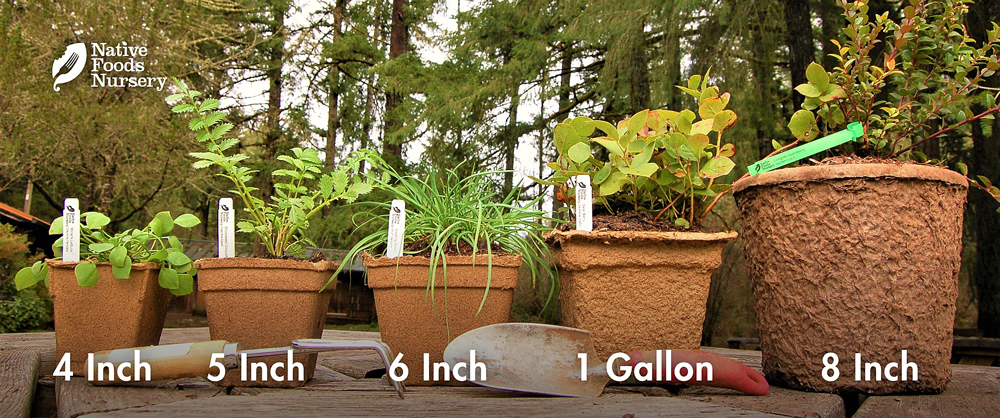Panicled Bulrush
- Current Stock:
- 0
- Other Names:
- Redstem Bulrush, Small-fruited Bulrush, Mountain Bog Bulrush, Small-flowered Bulrush
- Latin Name:
- Scirpus microcarpus
Panicled Bulrush is a beautiful and edible wetland grass native to Western North America.
Edible Uses
This special native food has sweet edible roots, rhizomes, and stems, as well as protein rich pollen and nutty-tasting seeds! Rivaling Cattail and Tule in it’s usefulness and edibility, Panicled Bulrush is high in sugar and starch, and all parts can be eaten raw or cooked. Wow!
In fact, Bulrush has up to 8% sugar content, even higher than Cattail (as well as 5.5% starch and 1% protein), which make it a great candidate to be made into syrups and sweeteners, as well as staple flours and eaten as fresh vegetables. Native American peoples, wild foragers, and sustainable gardeners have and continue to value this plant as food.
Young roots and young stems (especially the inner core) are the best for fresh vegetables, while the roots, pollen, and seeds are best for making baking flours and soup bases.
Ornamental Qualities
The landscape beauty of Panicled Bulrush comes from its long, graceful evergreen leaves that are sheathed with a unique reddish hue at their base. While it’s clusters of white flowers are small, they have an extra long flowering period - from April to September - and turn a beautiful reddish color in Fall. What's more, this sedge-grass is a low-maintenance lawn alternative!
Healthy plants will spread via rhizomes to create lush verdant patches in any backyard wetland. Makes a beautiful addition to small ponds, along gutter drip-lines, in rain-gardens, or other wet spots in your yard. Looks beautiful in tandem with Northwest Territory Sedge, Cattail, and Indian Potato.
Environment and Culture
Panicled Bulrush’s wild home is in wetlands and wet meadows throughout North America (although mainly in the West). It can grow in standing water or in moist patches anywhere - in full sun or part shade - and provides excellent wildlife habitat and food for birds, turtles, muskrats, snakes, and amphibians. It can be seen growing alongside Cattail, Red Alder and many other moisture-loving natives.
Panicled Bulrush is very low-maintenance, if it can receive the water it needs. It is a great example of an all-star plant for sustainable gardening and agriculture. It is perennial, hardy, edible, medicinal and practically useful. It can even be used for erosion control along stream-sides. Native American peoples, wild foragers, and sustainable gardeners also use it as medicine, for baskets, mats, temporary shelters, curtains, brooms and more!
Harvest, Care, and Preparation
Roots and rhizomes can be harvested by digging in the Fall/Winter, cutting down low on the young shoots in Spring, and gathering pollen and seeds by shaking them into a bag in late Summer/early Fall. Let your Bulrush plant become well-established before harvesting root or stem heavily.
Young roots and root tips can be peeled and baked like any other root vegetable. Older roots may be best peeled and cooked down into a gruel for addition to baked goods, or dried and ground into flour.
Young shoots and stalks should be released from outer tough leaves, and then can be nibbled on fresh or cooked up in the same way as asparagus or green onion.
Pollen and ground seed can be added to other baking flours.
Native Range: Western States, and beyond
USDA zones: 2-8
Ease of Care: Very Easy
Deer Resistance: High
Light Requirements: Full Sun - Part Shade
Soil Type: Any
Water Requirements: Moist-Wet
Pollination: Self Fertile
Bearing Age: 2+ years from seed
Size at Maturity: 2-5ft
Plant Spacing: 1-3ft
Bloom Time: April - July
Harvest Time: Shoots in spring, seeds in late summer/early fall, roots in winter
Pot Sizing Guide

Our policy lasts 30 days. If 30 days have gone by since your purchase, unfortunately we can’t offer you a refund or exchange. To be eligible for a return, your item must be unused and in the same condition that you received it. It must also be in the original packaging. Gift cards are non-refundable. Once your return is received and inspected, we will send you an email to notify you that we have received your returned item. We will also notify you of the approval or rejection of your refund. If you are approved, then your refund will be processed, and a credit will automatically be applied to your credit card or original method of payment, within a certain amount of days.










